Say "cheese"
A famous photographer was visiting a famous writer …
“Hello”, said the writer, “you’re the famous photographer. You must have a really good camera.”
“Hello”, said the photographer, “you’re the world-renowned writer. You must have a really good pen.”
Meaning of course that the quality of the camera is not the rate-limiting step in taking great photographs. The camera is just a tool.
I’m not a famous photographer. I’ve not even achieved the status of a totally-unknown photographer. But I do like taking photographs. About 99% of the images used on this site are mine, and I probably take a few thousand photographs a year (keeping several hundred and printing a handful {{1}}).
I particularly enjoy landscape photography, but a large proportion of my photographs are of bees, beehives, apiaries and beekeeping. These are used in talks, here and elsewhere online and as an aide memoir to compensate for my patchy note taking and even patchier memory.
A picture is worth a thousand words
If you give beekeeping talks they really have to be illustrated. There’s nothing much worse (root canal treatment?) than sitting through an hour of Powerpoint slides containing nothing but text {{2}}.
This website would be pretty turgid without the pictures. Some might say that even with the pictures … oh, never mind 😉
But most readers of this site probably give few talks and write fewer articles. That doesn’t mean a camera can’t come in useful.
My note taking – despite my best efforts – is often less than ideal. A quick snap of the apiary as I leave indicates which hive is where {{3}}. It shows more or less how each hive is setup. Numbers of supers, type of split etc. If the hive numbering is also visible (more on that shortly) it can provide a useful memory boost when completing the notes … or a sanity check that the notes recorded actually relate to the hive in question.
Photographs are particularly useful when identifying diseases and pathogens. A good quality image of a questionable frame makes subsequent diagnosis much easier than relying on your memory. It might also be useful for the bee inspectors or the association’s disease maestro.
Martyn Hocking used a photograph to support his find of an Asian Hornet in Devon last year. A reasonable quality photo sent to alertnonnative@ceh.ac.uk would undoubtedly help prioritise efforts to repel this new and unwelcome invader.
Tools of the trade
I rarely go anywhere without a camera. Sometimes it’s only my ageing phone, but even that’s got a reasonable camera. Newer smartphones have much better cameras with good video capabilities.
However, although the tale of the photographer and the writer has a lot of truth in it, there are certain circumstances when the limitations of the camera are rate-limiting {{4}}.
For photographing bees or detail (e.g suspected disease) in the hive the usual limitations are accurately focusing on small objects close up and the amount of light that reaches the sensor. For these reasons I usually have a compact camera in the bee bag.
Sony RX100
For years I’ve been using a Sony RX100 {{5}} which has a fast (i.e. wide aperture) short zoom Zeiss lens. This is an amazingly competent camera. It’s little bigger than a pack of playing cards, but the combination of a 20 megapixel sensor (5472 x 3648 pixels) and the exceptional lens generates outstanding quality images {{6}}.
Used in one of the automatic modes the camera generally produces reasonably well-focused and exposed images, automagically increasing the ‘film speed’ (ISO) if the lighting is poor.
Unfortunately, a year or so ago I dropped the Sony onto a tiled floor and it’s never been quite the same since. The lens cover doesn’t always open or close and it has developed some unpredictable electronic hiccups. Although it’s still my ‘go to’ day-to-day camera these problems prompted me to look at an alternative.
Panasonic LX15
This is another 20 megapixel quality compact camera. It has four features that are really useful for the photography of bees and beekeeping. It has a fold-out LCD screen that helps compose the image at waist level. The LCD is also a touchscreen so you can simply tap it to select the focus point and take the image. It has excellent video capabilities, including 4k and slo-mo (high speed, 120 frames/second – e.g. these scout bees inspecting a bait hive entrance).
Finally, it has a feature called ‘post focus’ which allows you to take a photograph and choose the point of focus after recording the shot – more on this later.
However, although the LX15 is a very competent camera, the quality of the lens is not as good as the Sony {{7}}. Although this isn’t usually an issue for images that will be displayed at a small size or online, it’s rather obvious when viewed enlarged or printed.
If you go to the trouble of taking a camera with you and find yourself in front of a stunning sunset or a breathtaking panorama (or mother and daughter queens on the same frame or an Asian hornet), you want to have confidence that the quality of the lens is good enough to record the scene.
RAW
Smartphones and most point and shoot cameras record the image in JPEG format. The image has an automatic amount of contrast enhancement, colour enrichment and sharpening applied by the camera. These changes to the image are irreversible and they usually result in a reasonable satisfactory picture {{8}}.
However, for real flexibility the two cameras above (and many other reasonable quality cameras) have the option to record the image in RAW format i.e. the native data from the sensor. These can subsequently be processed (often quite quickly) on a computer to create the desired final image.
This post-processing allows local and global changes in exposure, cropping, colour, sharpness and contrast. All of my RAW images are post-processed with Adobe Lightroom. Those used online take no more than a minute to manipulate, while those destined for printing and framing get a lot more attention.
The one thing you cannot correct during post-processing is focus. If the subject of a picture is out of focus you’re scuppered {{9}}.
Close ups
Taking close up handheld photographs of a moving subject, like a queen on a frame of bees, is not easy.
This is due to a combination of the available lighting, the shallow depth of field and the movement of the subject.
Because the bees are moving you need a reasonably fast shutter speed to freeze them. A fast shutter speed – unless the lighting is exceptionally bright – means that the aperture {{10}} must be set to maximise the light getting to the sensor. You’ll often hear photographers talk about wide aperture, or using the lens ‘wide open’.
And this is where the problems really start. Due to the laws of physics, the wider the aperture, the smaller the depth of field.
Depth of field
The depth of field refers to the vertical slice of the image that is in focus. Anything in front or behind this will be out of focus.
Not only does depth of field depend upon the aperture, but it is also influenced by the distance between the lens and the subject. The closer the subject, the shallower the depth of field.
As an example, using a camera {{11}} focused on a subject 10 metres away the depth of field is 5.79 m (from ~7.8 to ~13.6 m). Everything between these distances will be in focus.
At 1 metre the depth of field is 11 cm (from 0.95 to 1.06 m).
At 30 cm the depth of field is 4mm (from ~29.8 to ~ 30.2 cm).
At anything less than 15 cm the depth of field is 1 mm or less.
Can you hold a camera steady enough to keep the subject within the 1 mm depth of field you have?
What about if you are holding the frame with one hand and the camera with the other?
Inevitably, many close-ups are out of focus 🙁
LX15 post focus capabilities
Probably the greatest recent advances in compact digital cameras have been in their video capabilities. The Panasonic LX15 takes advantage of these to allow you to record the scene and decide afterwards which part of the final image you want to be in focus.
It achieves this by analysing the scene and determining the closest and the most distant objects in the field of view. When you press the shutter it then takes a 1-2 second 4k (3840 x 2160 pixels) resolution video, changing the point of focus throughout.
This short video shows how this looks (the camera was handheld).
You can then, in camera or during post-processing, scroll through the video and choose precisely the frame that has the desired subject in focus. The three images below are all from the video above. The originals are cropped to ~4 megapixels, but reduced further in size and quality to present here.
- Close
- Closer
- Closest
This is pretty remarkable technology.
It’s worth remembering that, for any individual captured frame, the depth of field is still determined by the aperture the lens is set at. The images above are all at f1.6 (i.e. just about wide open).
LX15 focus stacking
You can even combine frames from the video with different planes of focus to make a composite image with a deeper overall depth of focus, just covering the area of the image you are interested in.
This focus stacking feature, unsurprisingly, doesn’t work well with a moving subject like bees on a frame. Similarly, you either need a very steady hand or (better) a tripod. I’ve only used this feature a few times and don’t see a routine application for it. I’d prefer to modify the depth of field by changing the aperture to achieve the same end result.
Limitations of post-focus and focus-stacking
Post-focus sounds like the perfect solution to solve the problems with close up photography.
The two biggest limitations are the size and format of the final images. These are in JPEG format and ‘only’ 3840 x 2160 pixels (8 megapixels, rather than the 20 megapixels that the camera is capable of with still pictures). These significantly reduce the options for subsequent enlargement and negate most options for post-processing. However, for online use (or emailing to the regional bee inspector) they are more than adequate.
The combination of changing the plane of focus during the short video and the movement of a handheld camera can mean that the desired subject is only fleetingly – if ever – in focus.
Or is in focus at the precise moment a big fat drone toddles in front of your beautiful queen 🙁
I suspect that post-focus will become commonplace on cameras (and smartphones). It’s got a lot to offer, but isn’t yet a perfect solution.
Propolis
Both the cameras mentioned cope well with a periodic liberal coating of propolis. You can scrape it off the camera body easily, but it’s worth trying to keep it off the rear LCD panel. In particular, try to keep the touchscreen LCD of the LX15 propolis-free.
Real bee photography
If you want to see some better quality beekeeping photography have a look at the images by Simon Croson or the wonderful pictures by Eric Tourneret in Cueillers de Miel.
Finally … remember that the best camera is the one that you have with you 😉
Colophon
Saying “cheese” makes your mouth adopt a shape roughly approximating a smile. It is therefore an instruction given by photographers to help create more appealing images.
It’s not essential. Walker Evans, a great photographer famous for his work for the Farm Security Administration during the 1930’s didn’t ask his subjects to say “cheese”. His portraits and photojournalism are outstanding.
In languages other than English different instructions are sometimes given e.g. most Latin American countries use Diga whiskey (say “whiskey”), Sweden Säg omelett (say “omelette”) and Bulgaria Zele (“Cabbage”). Lots of countries use a variant of Watch the birdy or Smile at the little bird.
The idiom A picture is worth a thousand words dates back over 100 years to a newspaper article in 1911 about journalism and publicity where the phrase “Use a picture. It’s worth a thousand words” was used. Even earlier, Napoleon (1769-1821) is reported to have said “Un bon croquis vaut mieux qu’un long discours” (A good sketch is better than a long speech).
{{1}}: That’s the beauty of digital photography.
{{2}}: Or, as Peebles BKA know, a talk with no slides at all :-)
{{3}}: So if my scrawled notes say LH hive +2 supers, RH hive, v.split, Q below … I actually know which hives I’m referring to.
{{4}}: It should be stated that most digital cameras – even inexpensive ones – are very good. There are far more circumstances when the limitations of the photographer are the rate-limiting step.
{{5}}: Mark I. They’ve recently released the Mark VI, so I presume mine is now 6 years old.
{{6}}: The quality of the image is exceptional, even if the photograph of the subject is rubbish. There’s a difference. I’m responsible for the photograph, the camera ensures that the technical details of the image are competently recorded.
{{7}}: So much so that I sent it back to the service centre at Panasonic to check that it was working properly. It was. It’s a reasonable Leica lens, but nothing like the outstanding quality on their full-frame cameras. For the technically inclined the problems are mainly a distinct softening towards the edges of the image that is more marked in parts of the short zoom range.
{{8}}: For record keeping or photographing suspected disease you don’t need anything more than a well-focused JPEG image which even inexpensive cameras can usually produce, so you can safely skip the rest of this section.
{{9}}: Though, conversely, you can soften areas of a RAW image and make them appear out of focus if needed
{{10}}: i.e. the size of the ‘hole’ through which the light reaches the sensor, usually referred to as a number between perhaps f1.7 and f22. Confusingly, the larger the aperture – meaning the larger the hole – the smaller the number.
{{11}}: For convenience the Sony RX100 with the 28mm lens with the aperture set at f1.8. Other cameras/lenses will vary slightly in the precise measurements, but this demonstrates the principle.
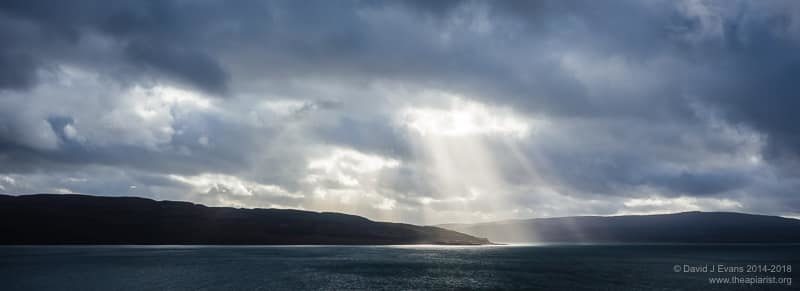
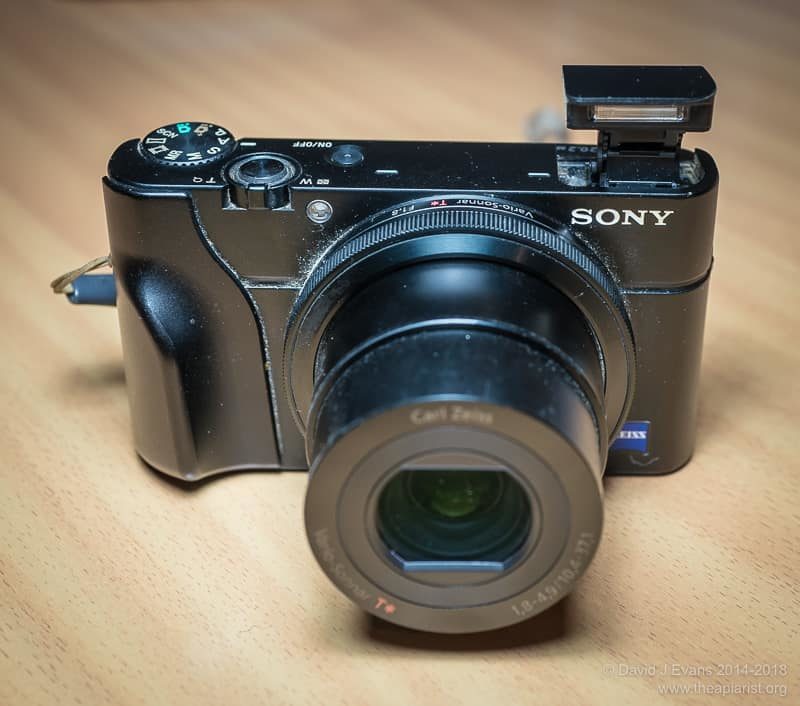
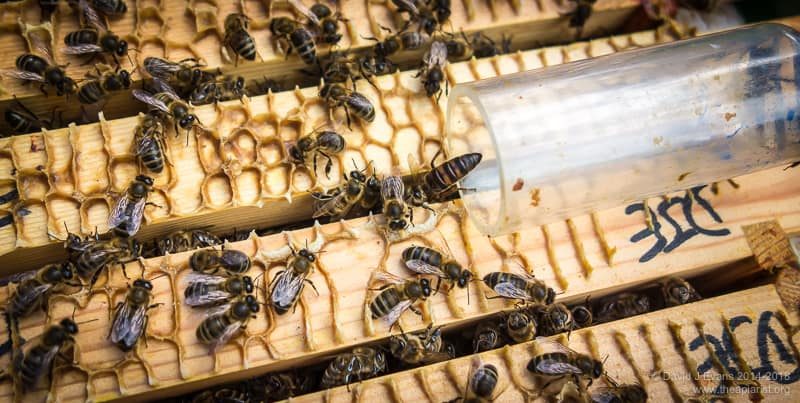
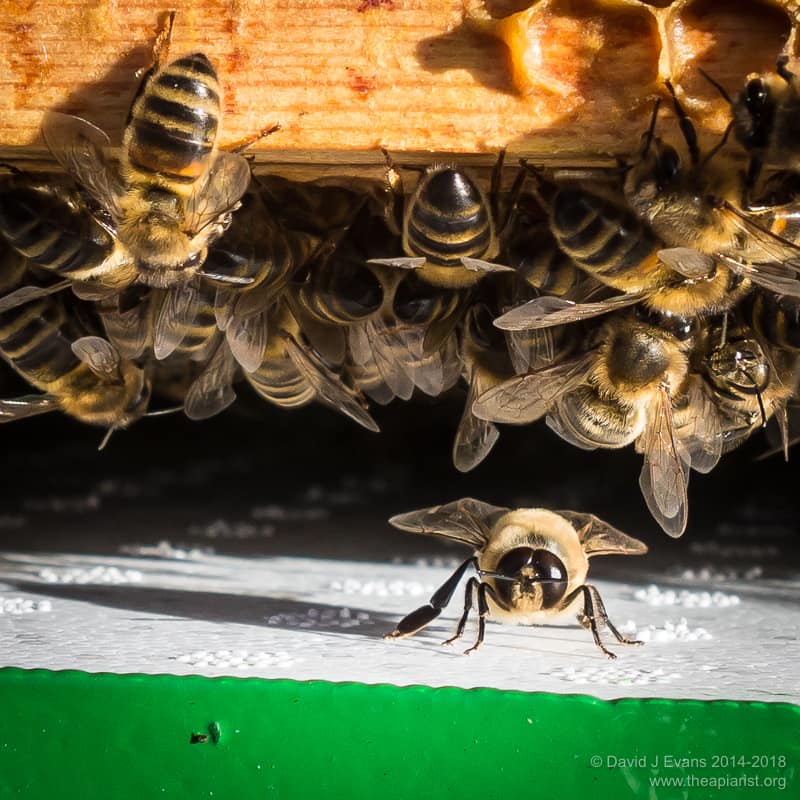
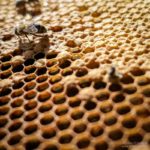
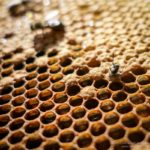
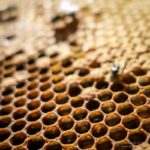
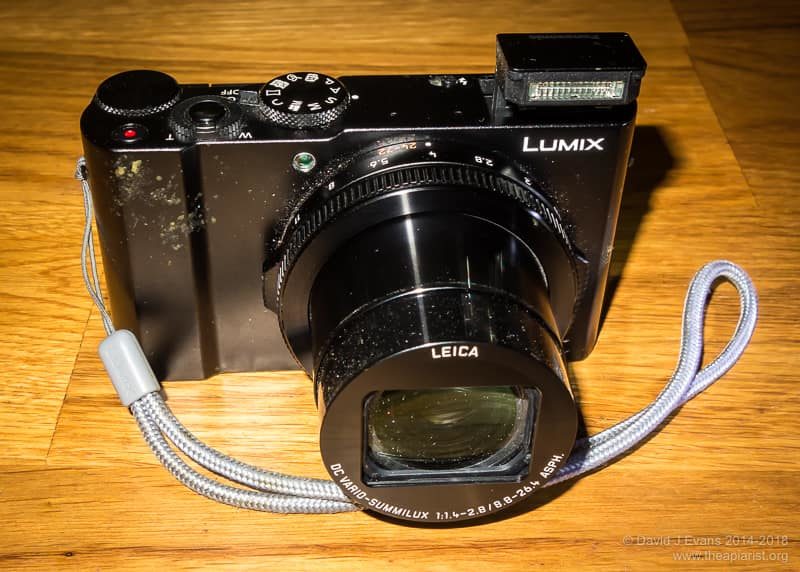
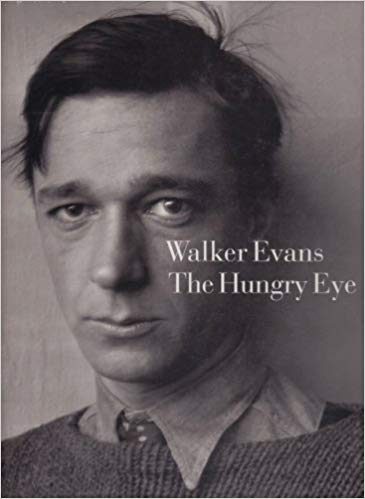
Join the discussion ...